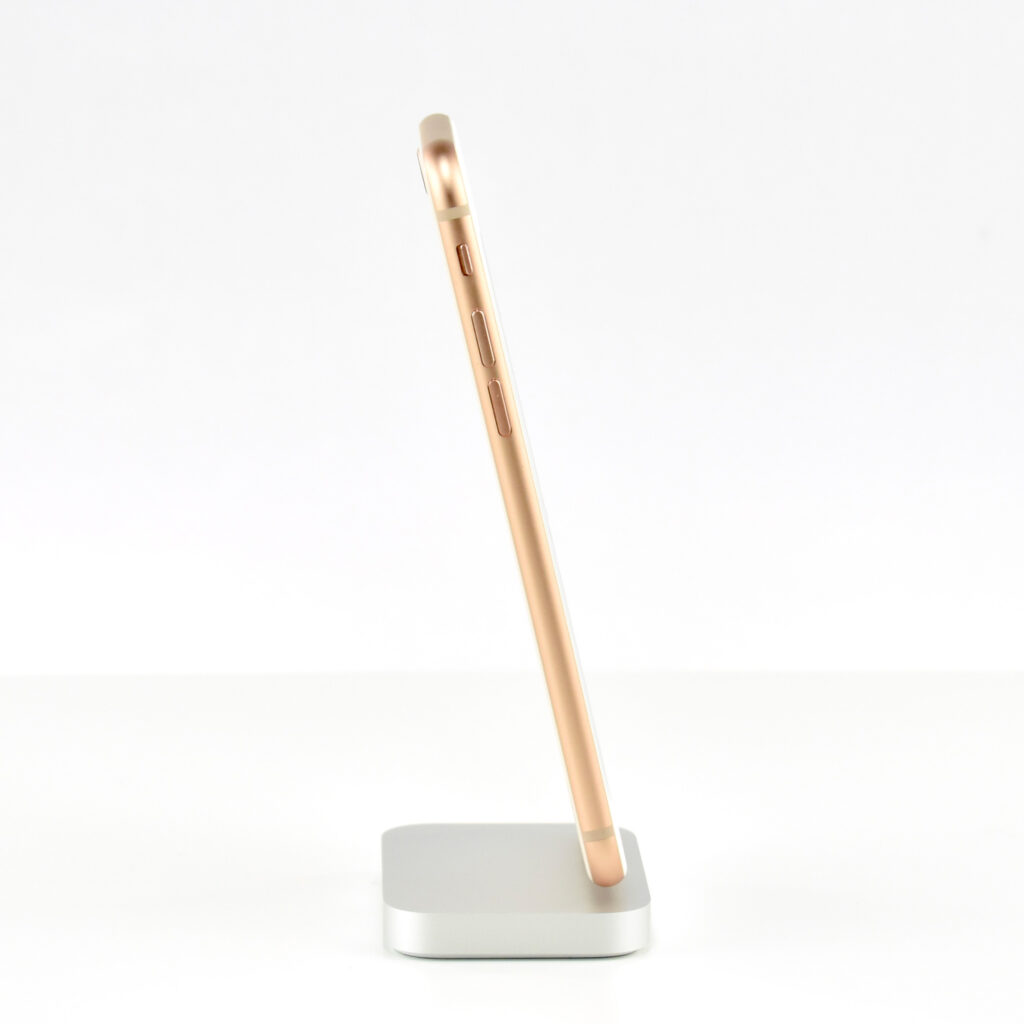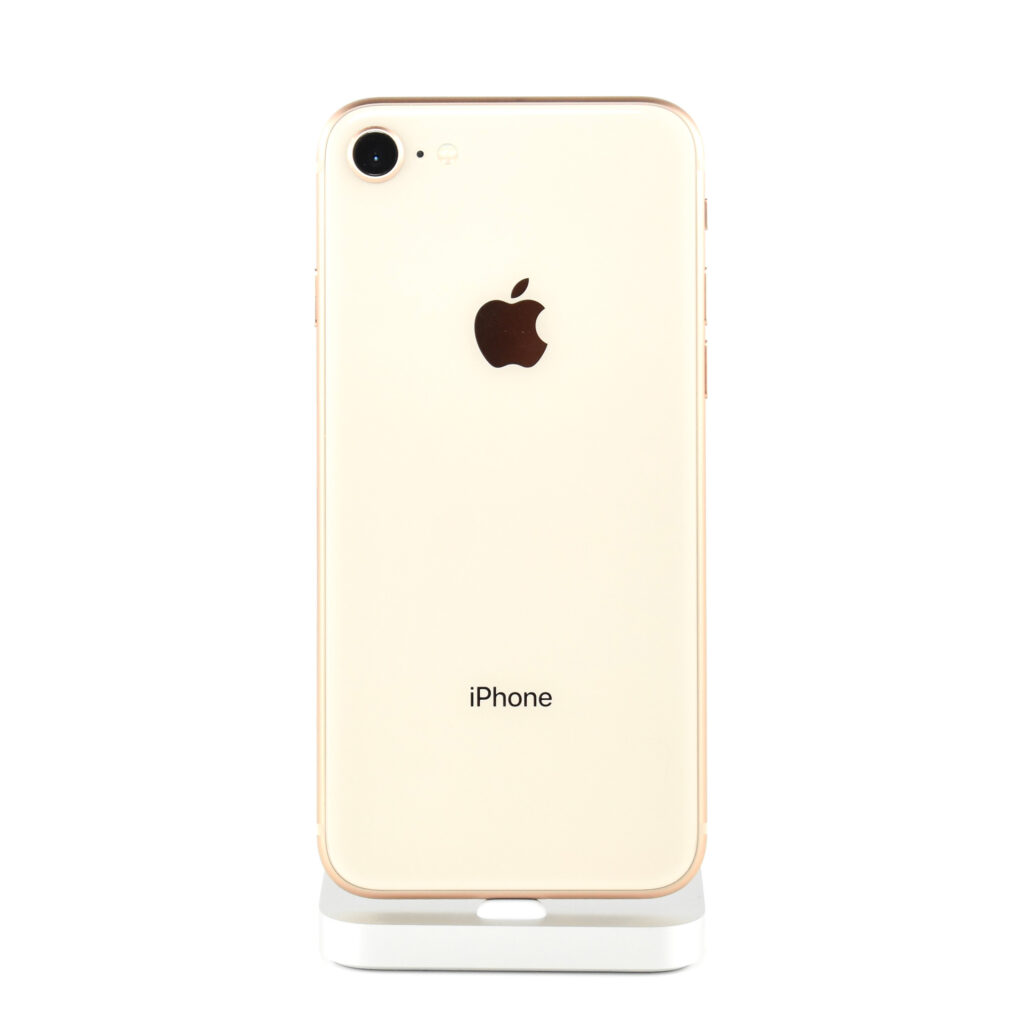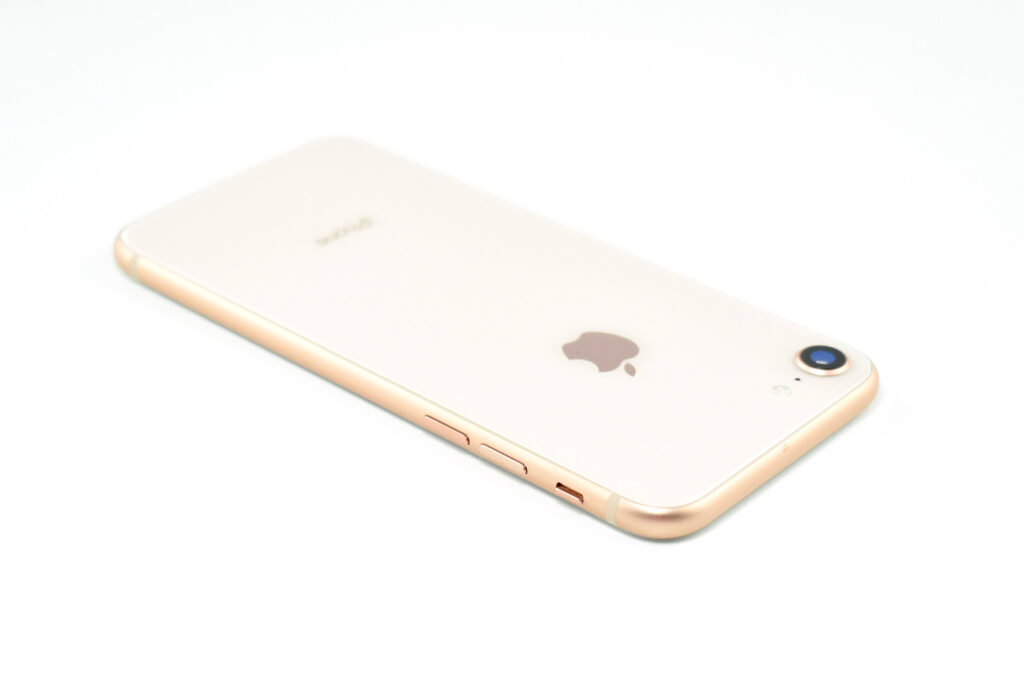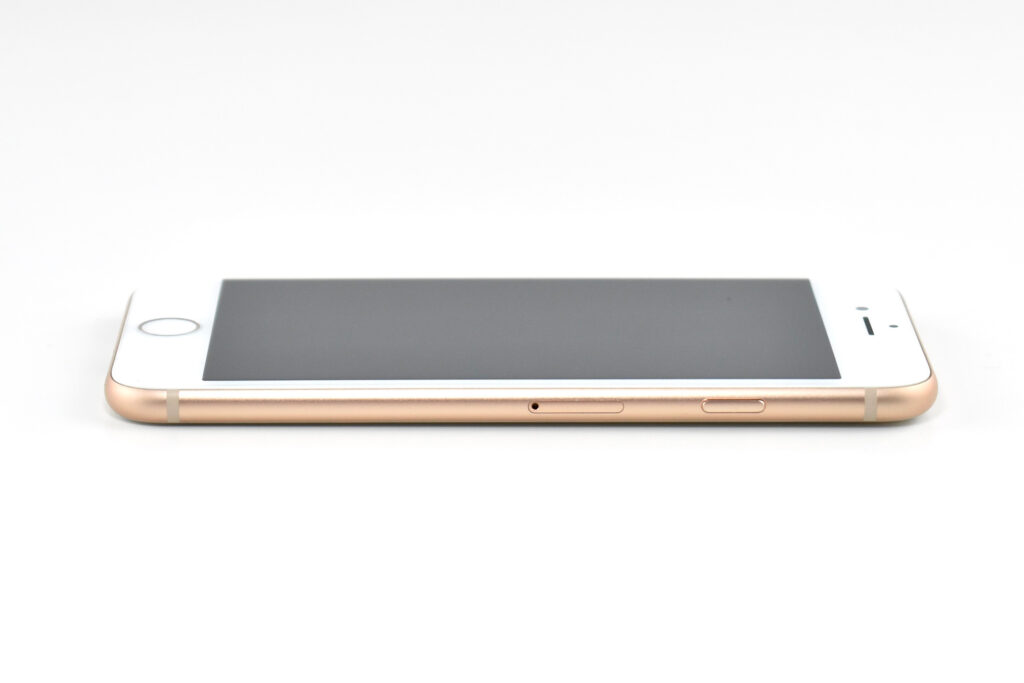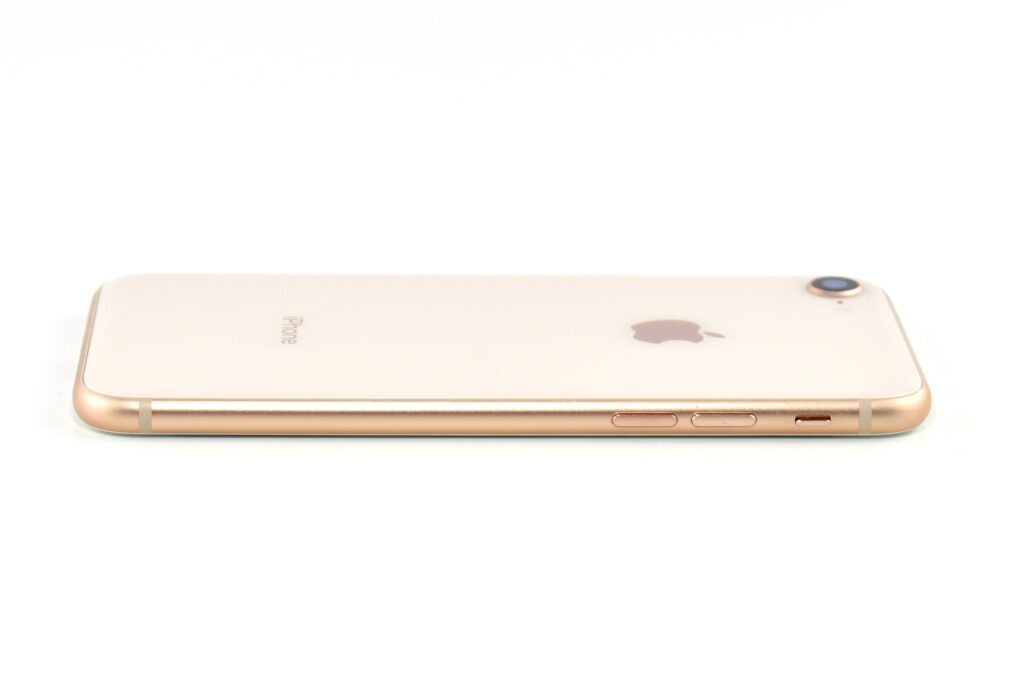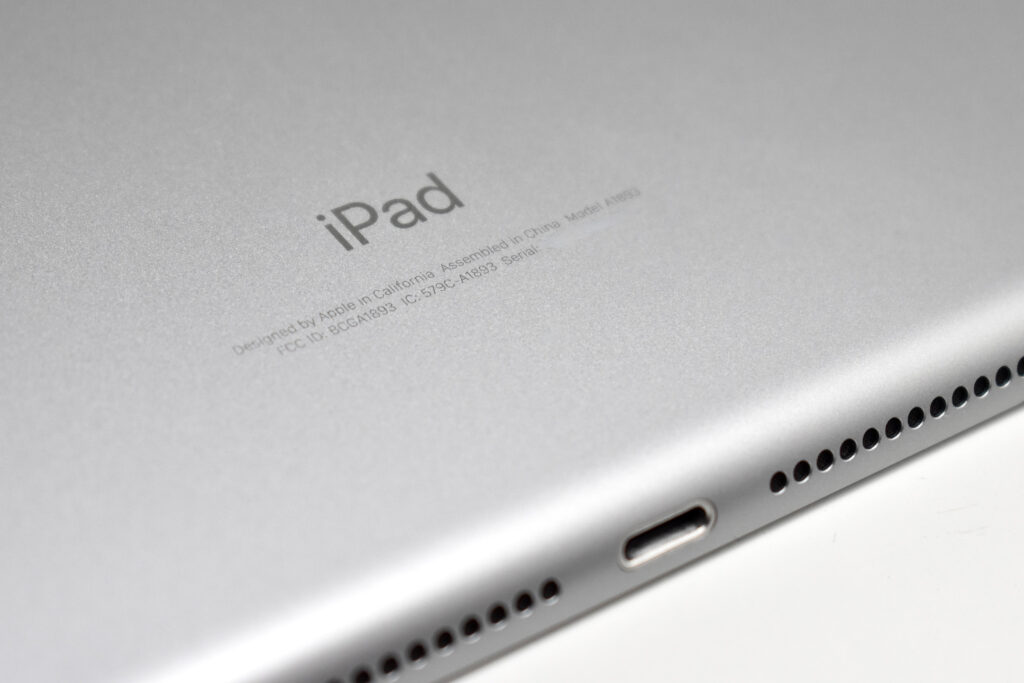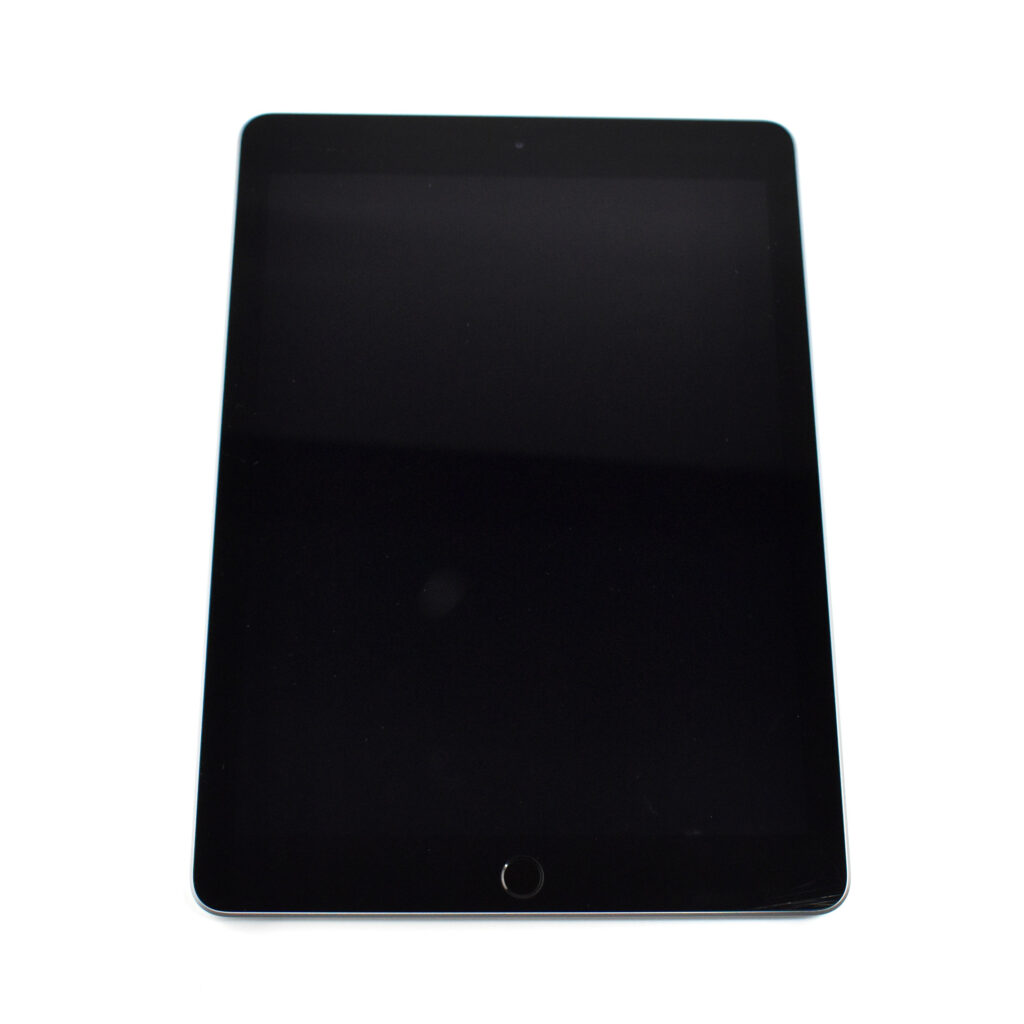The iPhone 8 was announced September 12, 2017, at the same time as the iPhone X (iPhone ten). Except for a glass back (replacing a metal back), the iPhone 8 (and the iPhone 8 Plus) were similar in design to the iPhone 7 and iPhone 7 Plus models that preceded them. The iPhone 8 was arguably eclipsed by the iPhone X with Apple’s first edge-to-edge screen with no Home button and a design that hinted at future designs of iPhone and iPad devices.
The iPhone 8 had a 4.7-inch Retina HD touchscreen (1334×750 at 326 ppi). Its solid-state Home button used Apple’s Taptic engine and a Touch ID fingerprint sensor. Its front camera was a 7-megapixel FaceTime HD camera, and its back camera was a 12-megapixel 4K camera with a six-element lens system with augmented reality (AR) support.
The iPhone 8 was first offered in gold (white front with gold glass back), silver (white front with silver glass back), and space gray (black front with dark gray glass back), and Apple later added a (PRODUCT)RED Special Edition model (black front with a red glass back).
Internally, the iPhone 8 used an A11 Bionic processor with six cores, 2 GB RAM, and was offered in storage options of 64, 128, and 256 GB. Wireless connections included 802.11ac Wi-Fi, Bluetooth 5.0, LTE (4G), and NFC (Apple Pay). Its only wired connection was the Lightning port (the headphone jack had been removed from the previous iPhone 7 models).
Qi wireless charging was also introduced with the iPhone 8—and also the iPhone 8 Plus and iPhone X, introduced at the same time.
This example of the iPhone 8 is gold.


